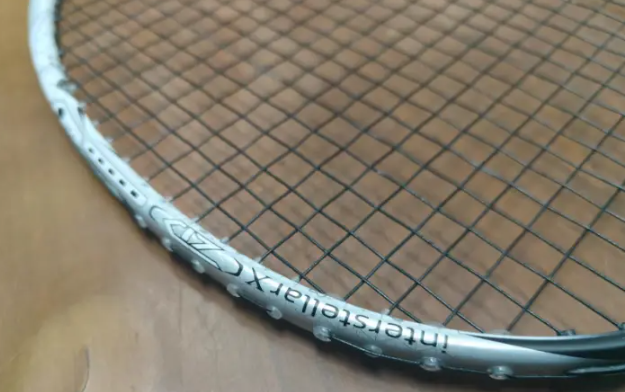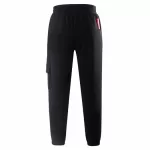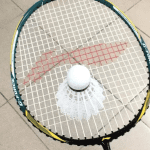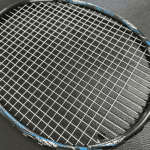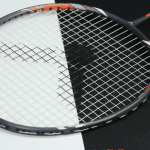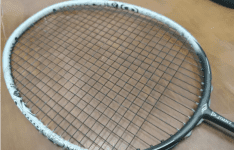
Badminton Racket BONNY 1982 B213 Reviews
After such a long break, I found that I have no ideas at all, and I’m drained, so I’d better force myself to try to write some, and take my time. To be honest, I was also sick with a Spring Festival, then the recovery period is best to find some of their own familiar racket to use, however, not new products and then there is no need to rewrite.
Then I heard that the old acquaintance Bonny launched a new model of 1982, just as there are friends who can lend me a rub, then let the old acquaintance give me a way to find the state of it.
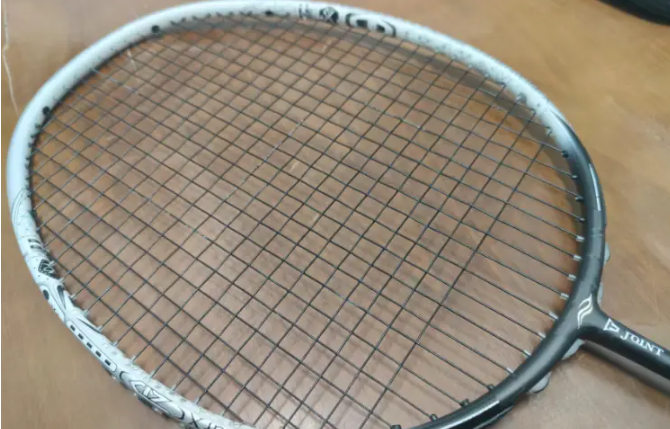
Parameters: 4UG5, de-bottomed, total weight in used condition 86.92g, balance point 307mm, center bar length 218mm, high stiffness, boxed racket frame, 78-hole string bed, 9-3 point string slot, 30lbs warranty, threaded 25-27lbs High God Thunder 65 string.
Bonny is getting pretty funky, and on this B213 it demonstrates a high level of exterior design and excellent quality of paint composition. This time, the two 1982s are based on the “Star Trek” theme, to be honest, I don’t know much about it, but the color of the frame transitions from the greenish white to the grayish black of the T-head, adding a variety of abstract symbols with stickers on the wings, and then finally transitioning back to the white color in the center pole. The finish is semi-matte, which improves the look and feel of the racket. I was most impressed by the use of various fonts on the racket, whether it is the presence of the InterstellarX logo in many places or the first time to adopt the screen font style of 1982, which gives the racket a new look.
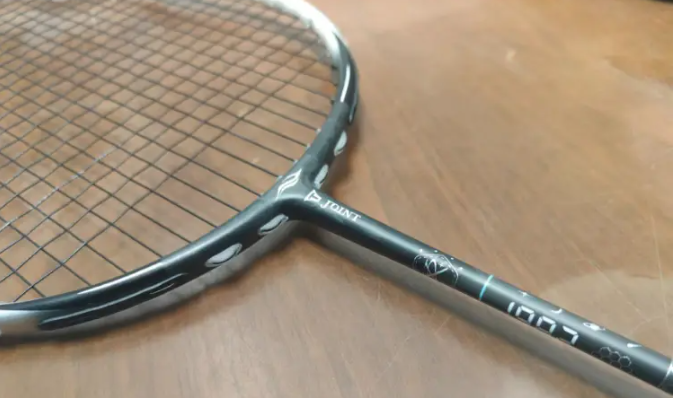
As another 1982 that is tuned on the stiffer side, this time Bonny has brought it material updates other than the boron fiber center shaft, including the molecular nanoclusters and fiber films that were first applied to the Divine Beast series, which have theoretically improved the elasticity of the final rendered racket face and shock absorption effect. There may be a lot of players will still hold a little regret for the boron fiber center stick, and according to the author to get the news, B212 can be as desired, just then did not retain the series of iconic four-axis center stick technology like the B149, it is a trade-off.
Although I’ve used many of the B213’s predecessors, I can still feel the difference in the tuning of this new racket after I get my hands on it: it’s a 1982 with a heavier swingweight and higher stiffness than its predecessor, and even at 4U, this racket doesn’t have a lot to do with the word “lightweight,” and with the boxed frame, it’s more moderate in terms of swing speed and limited in terms of flexibility. Of course, this also gave the B213 a fairly solid feel out of the ball, with a noticeable lending of power out of the ball on warm-up flat high shots. However, its stiffness, at least in comparison to the B149, is improved in terms of ball feedback and the amount of shape in the middle of the club, which also skews its offensive and defensive attributes toward the front, making it perceptibly more difficult to get started.
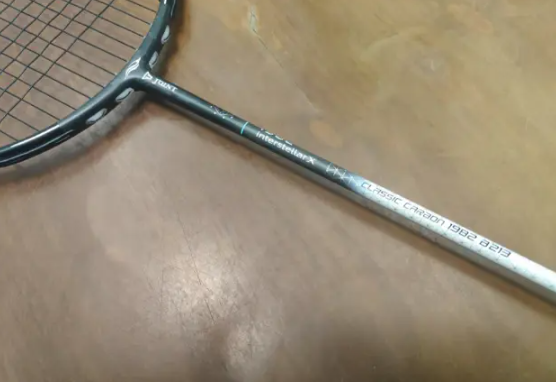
It’s a struggle for the author to use it in its current state, but the high power transfer efficiency of this racket has helped me a lot, and it’s one of the things that has always been a strength of the hard version of the 1982. Especially in the attack, in the already good feeling of downward pressure, the B213 can withstand the explosive force released from the user in a wider range, the feeling of heavy kills has the feeling of hitting a cannonball, a little bit like the traditional attack racket. Moreover, the center stick is not rigidly tuned, but still has a good elasticity, so even if the power is not so concentrated, the effect of swinging the big arm to hit the ball is still watchable.
One more thing, even if this 1982 is put in the series is considered to be a stiffer class of work, it will feel a little bit wooden when you can’t hit it, but there is no obvious feeling of shock on the ball, it seems that the addition of the fiber film does bring a real change in the feeling of hitting the ball.
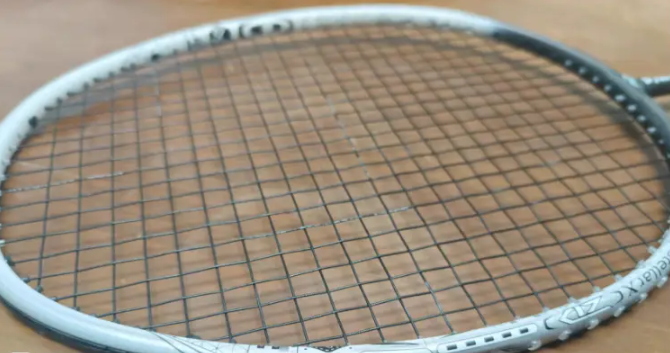
Then, it is the most firm “stability” attribute of the 1982 series, whether it is the directionality of the ball or the quality of the ball under a variety of the same action, can give the user a strong confidence, in the four-square ball pulling away from the hold, whether it is attempting to quickly hit the opponent’s head of the diagonal flat high ball, or to get to the net after a shot! After adapting to the B213, you can hit the ball in whatever way you want, and the error rate can be effectively controlled when you are physically fit. However, the advantage over his predecessors is not so obvious, which is also a reflection of the difficulty difference between getting one more point from 98 points and one more point from 59 points.
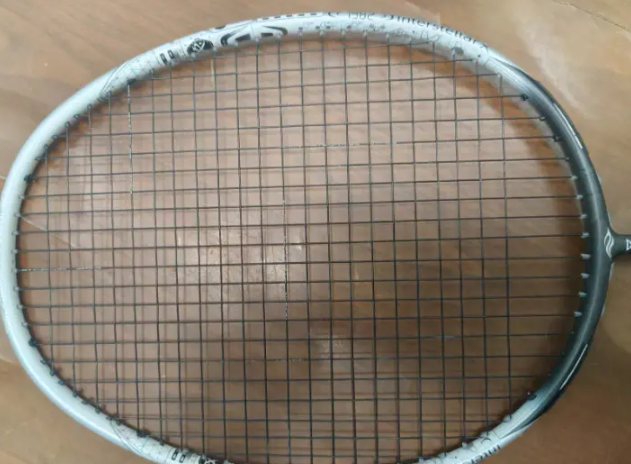
Of course, the B213 is a bit of a challenge for me now, and I’m afraid I’ll need a lot of time to recover before I can maintain a high level of performance to bring out the full power of the B213 in a prolonged period of confrontation. The two most difficult points for me are the fast-paced flat blocking and the passive power, both of which are more demanding on the user’s ability, and none of which is related to its hard and heavy style. Especially in doubles, sometimes it is a pity to catch the right return route but still miss the ball due to the misalignment of swinging rhythm and power rhythm. So it can’t just be seen as a vertical upgrade from the B149, which has clear advantages in terms of flexibility and ease of use in my opinion. But even so, it will still perform quite a bit better than its big brother, the 1982II, after all, the huge improvement in flexibility is here.
The 1982 has already come out to B213, and this kind of step-by-step progress is honestly still a bit inspiring to me, looking forward to the B212.
